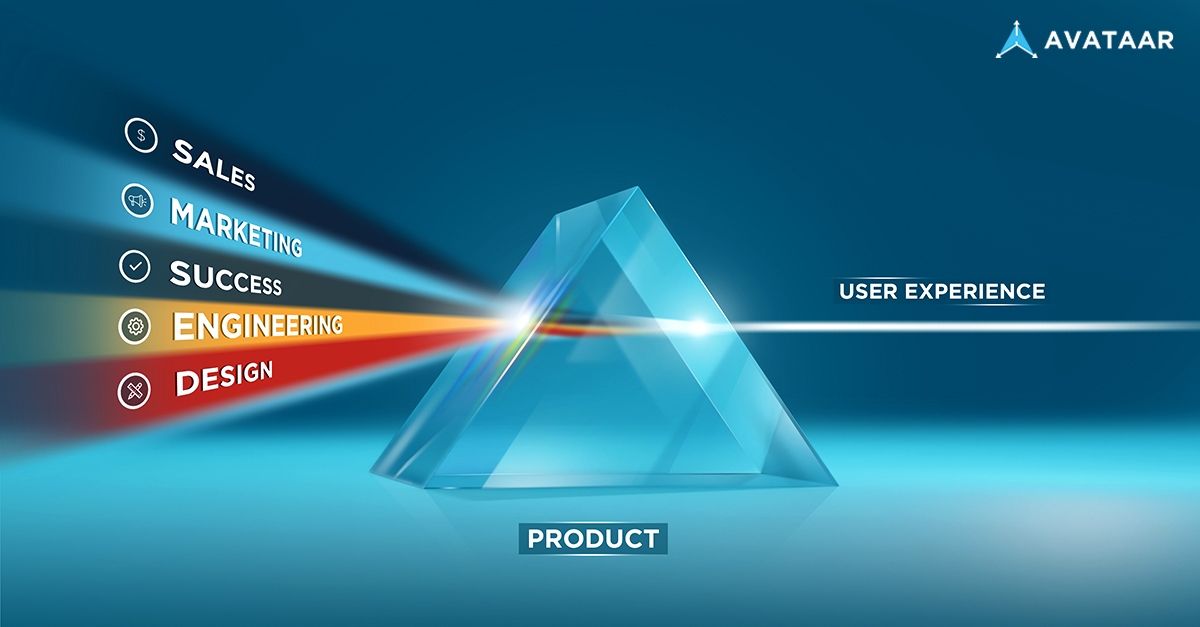March 15, 2022
Submitted by Gaurav Baid, Chief Product Officer, Avataar

Software-as-a-Service landscape is changing! 2020 is being termed as the decade where the new-age SaaS businesses have come into their own and there’s no slowing down in the near term. Business models needed a new language to understand the evolution and the most impactful driver of this change: product-led growth.
Product-Led Growth is a Go-To-Market strategy that relies on using your product as the single most important engine to acquire, activate, and retain customers as well as achieve non-linear expansion fueled by network effects and self-serve revenues.
According to OpenView Partners, PLG has created more than $208B of market value to date and the median enterprise value of PLG companies is 2x higher than the public SaaS index. We are in the End User era where customer’s purchasing power has been democratized and product-led SaaS businesses are thriving in this era.
The two key drivers of current end user era are:
- DECENTRALIZATION: Decision making for product adoption has become decentralized at team level rather than top-down driven (traditional approach).
- CONSUMERIZATION: End consumers of the B2C engine set the expectation & standards of the product features. In PLG driven strategies, the product itself becomes the experience driving sustainable growth. So, it’s necessary to allow your customers to get their hands on the product early in the buying cycle and allow them to personalize the journey from thereon.
Let’s look at the key aspects to consider for building PLG momentum in a business.
- North Star Metric
It should be your business’ North Star metric that defines how your teams measure and report success. Focus on delivering the promised reward (and more) at each step, communicate the uplift continuously to the customer and build triggersfor further investment. Evolve your traditional funnel into a circular loop which activates the growth flywheel.
- Interactive Onboarding & Easy to Learn
The Aha moment needs to be part of the customer’s onboarding, which is delivered via a seamless, no human involved process. Today end user pain solutions have taken over good product design as a differentiator and hence easy to learn is more important for a product than just being easy to use. Focus on enabling quick time to value for your customersis of paramount importance for businesses. According to Forrester, three out of every four SaaS buyers would rather self-educate than learn about a product from a sales representative.
- Win-Win Pricing Structure
Focus on freemium tier or free trial model to create favourable pricing structure with low barriers to entry. Important aspect to consider while deciding on the construct is to ensure that delivery of value uplift precedes customer’s hitting the paywall. So the freemium or the free trial period needs to be long enough to support evaluation, integration and conversions being delivered or else it will lead to customer churn. Today, emerging startups are embracing freemium at 2x the rate of their later stage peers (41% vs. 20%, source: OpenView survey).
- Two-sided Network Effects
PLG businesses can not underestimate the importance of network effects leading to demand generation and supply scalability, all driven by the product. Build growth loops to get from one customer deployment to next and expand. Provide incentives for the supply network to create a virtuous ecosystem. Enabling growth boils down to the ease with which the product becomes a habit forming behavior and delivers impact.
Product oriented teams cannot just rely on organic end user adoption GTM strategies. They need to devise a company-wide, comprehensive set of tools to break through the growth ceilings with which a PLG strategy tends to delimit itself. There are certain basic set of rules to attack the fundamental limits of PLG which can work wonders in favor of your product’s success.
- Tie up Product, Sales & Community
Identify & listen to all stakeholders while mapping the touchpoints in the customer’s journey. This will tell you where your PLG strategy is breaking and what is needed for a sustainable growth model. Amplification can be done with community enablement, outbound demand generation and marketing activities.
- Serve All Masters
Build upon signals of expansion as the product starts becoming useful for other teams & leaders in the company. New leaders demand a new playbook so do not fail in serving all the masters that the product is attending to.
- Expand upmarket
Your self-serve engine needs to expand not only in-teams or cross-teams but also to other merchant categories. Segment the customer sectors and intricately design the different tiers and workflows that enable upmarket expansion of your product-led GTM strategy.
Industry data suggests that once PLG companies hit the $10M ARR mark, they tend to scale faster than their peers. But remember, PLG is only the beginning of a great journey that lies ahead for your business. So, enjoy it while you build it!
